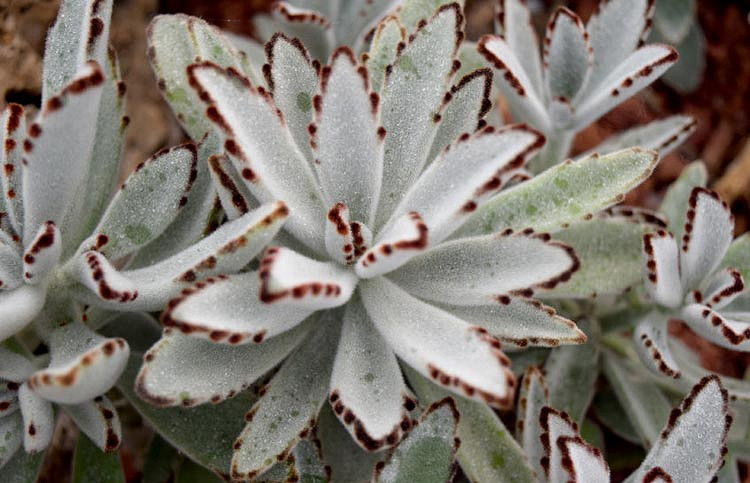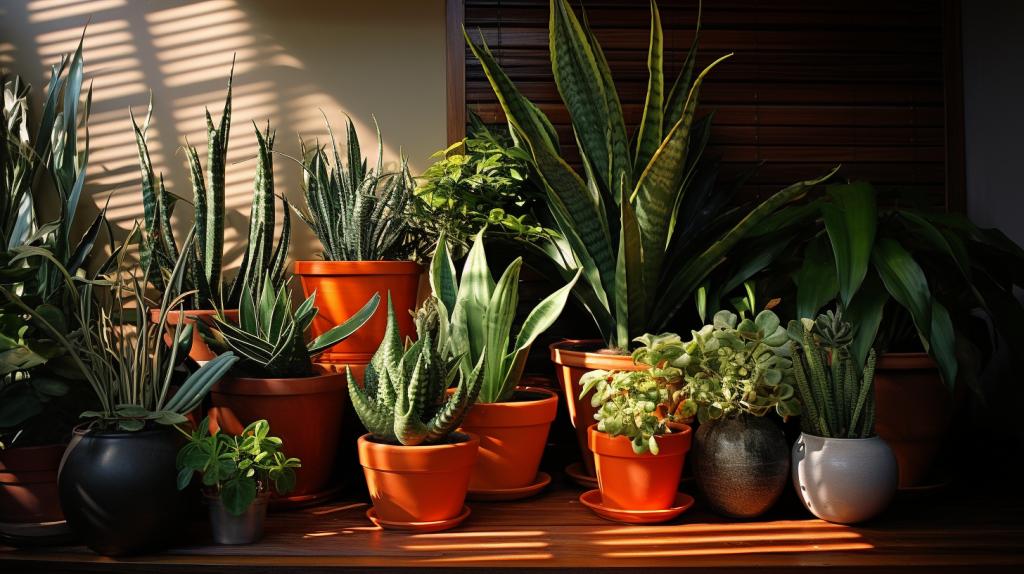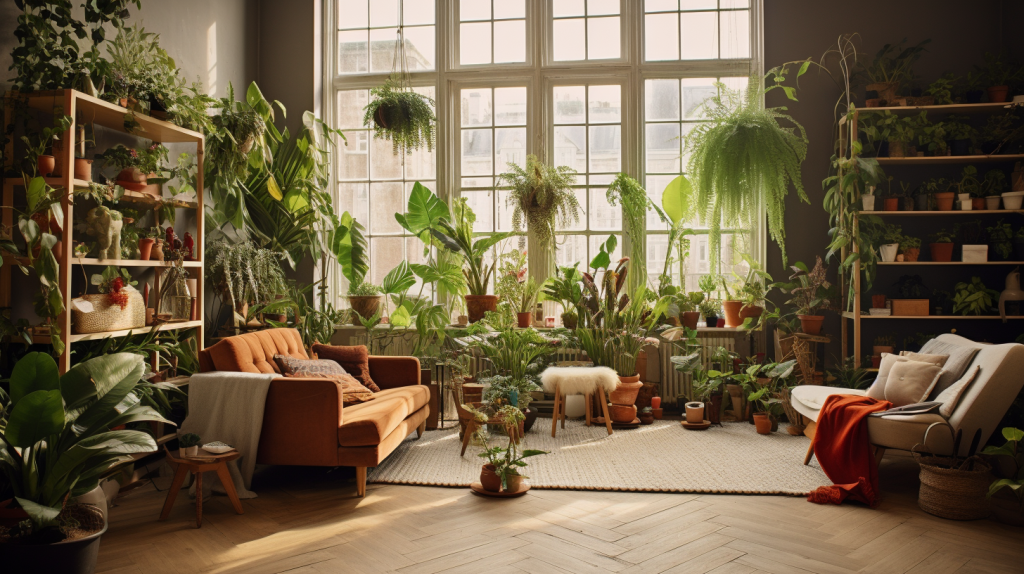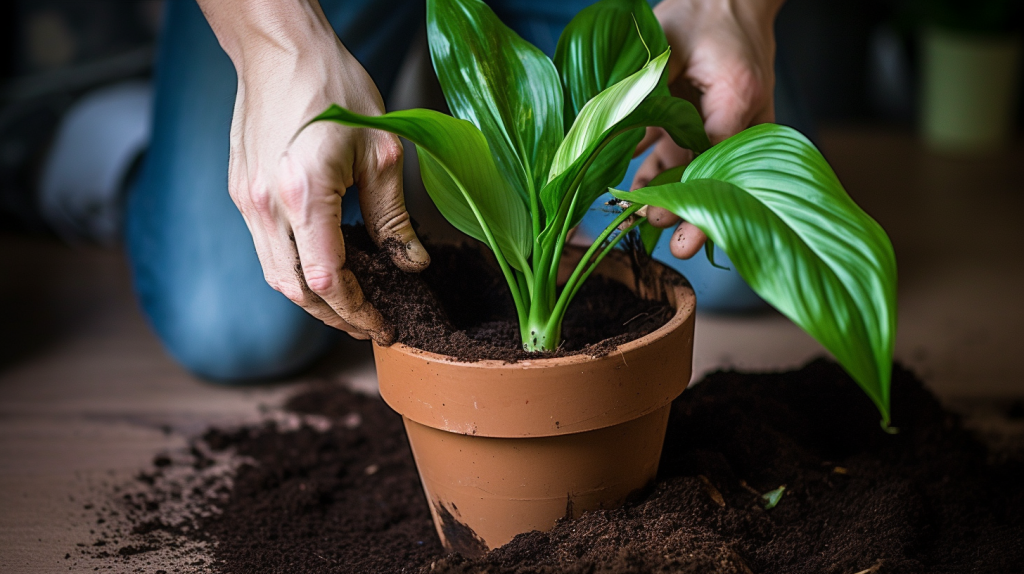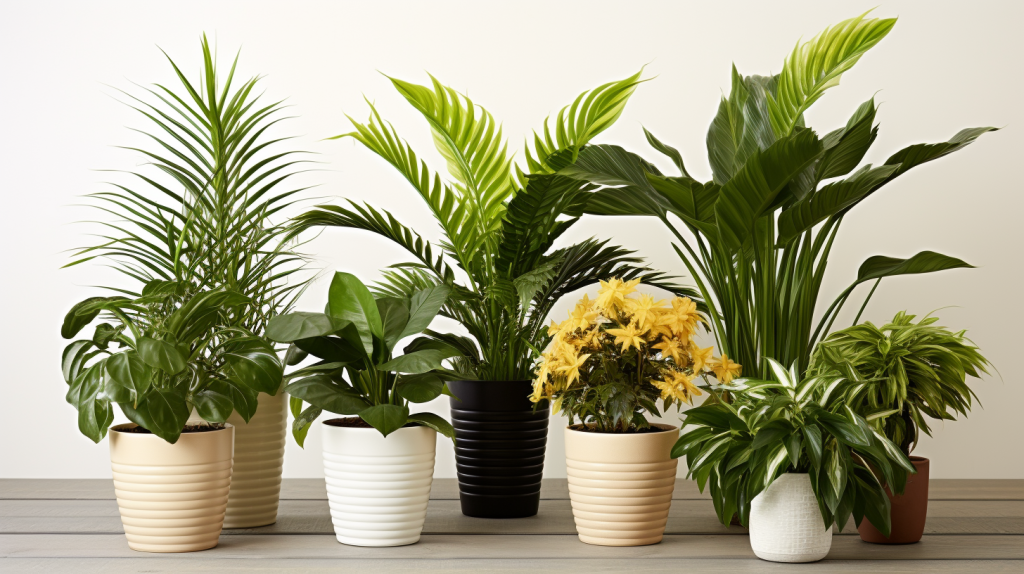Enveloped in the captivating world of succulents, a unique species demands our attention – the Panda Plant. Officially termed as Kalanchoe Tomentosa, this charming plant exhibits a blend of aesthetic appeal and resilience, making it a beloved choice among houseplant enthusiasts. This comprehensive guide aims to unravel the enigma surrounding the Panda Plant, so let’s embark on this captivating journey together.
Panda Plant Description
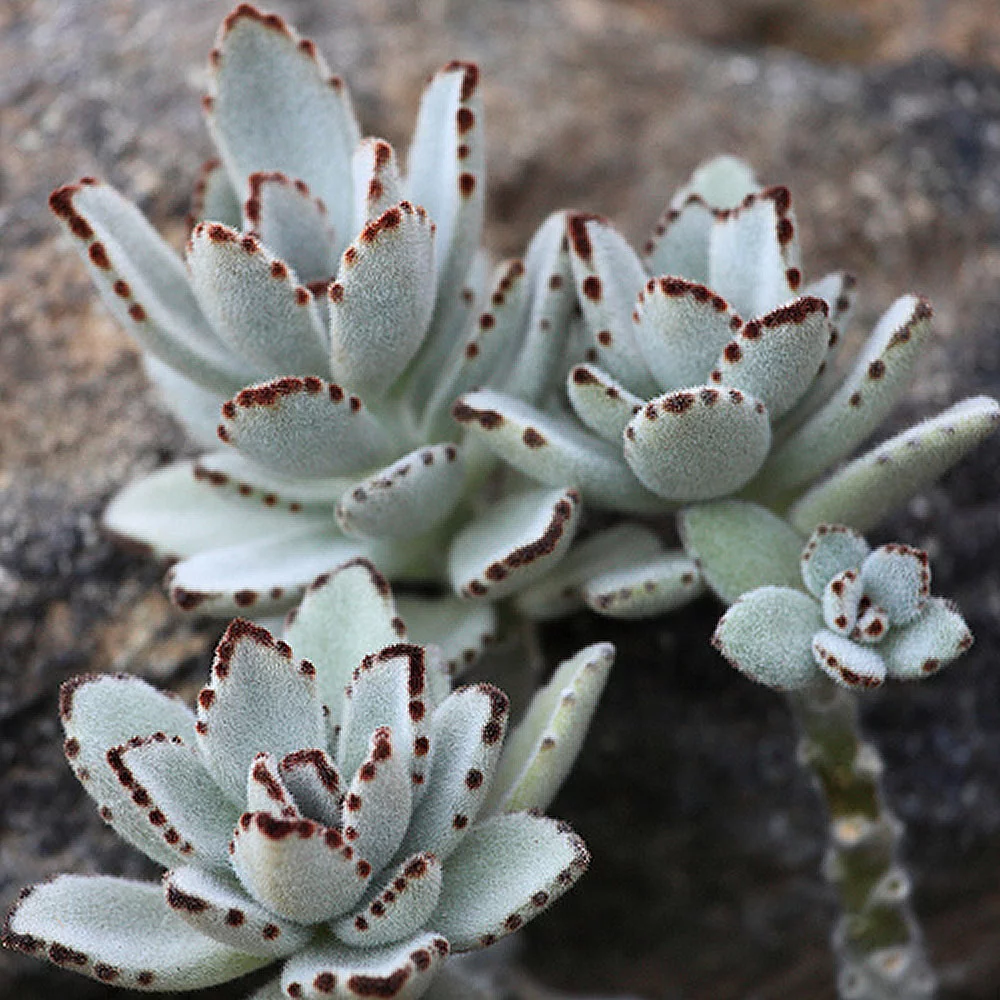
The first step to understanding our plant protagonist involves decoding its appearance. The Panda Plant, a native resident of Madagascar, is part of the Crassulaceae family, well-known for its succulent species. The plant’s intriguing name stems from its leaves, which exhibit a greyish-green shade, mimicking the fur coat of a panda. The leaves are decked with minute white hairs and often display a rusty hue at their edges, adding to the visual charm of the plant. In its natural habitat, it can reach a height of 1.5 to 2 feet, and in some cases, even up to 4 feet.
Facts About Panda Plant
Peering deeper into the world of Panda Plants, it’s fascinating to note that they are known by a multitude of other names. Some might refer to it as “Pussy Ears”, owing to the fuzzy texture of its leaves, while others call it “Chocolate Soldier”, indicative of the unique coloration at the leaf edges. This multifaceted nature is a testament to its versatility, a trait that extends to its adaptability as well. The Panda Plant, despite its exotic origins, is hardy and can comfortably adapt to a wide range of environments.
Care for Panda Plant
As a prospective Panda Plant owner, you might wonder, “What does it take to ensure this plant thrives?” The care for this succulent involves a delicate balancing act. The Panda Plant is a sun-loving species but is sensitive to excessive direct sunlight, which can scorch its leaves. It is partial towards well-draining soil and appreciates moderate watering. Overwatering can lead to root rot, an ailment it despises. Despite these needs, the Panda Plant is surprisingly tolerant of drought, reflecting its inherent hardiness.
How to Grow Kalanchoe Tomentosa
Growing a Panda Plant can be a remarkably fulfilling experience. You can propagate this plant from seeds or leaf cuttings. Choose a well-draining soil mix for planting and ensure the plant is positioned under bright, indirect light. Water it sparingly to prevent waterlogging, and before you know it, your Panda Plant will be flourishing in its new home.
Problems that May Occur with Panda Plant
Like all living beings, the Panda Plant too may occasionally face issues. Overwatering is a common problem, leading to the dreaded root rot. It is also susceptible to certain pests, such as mealybugs and scales. However, these problems can be quickly remedied with a keen eye and prompt action, making it essential to regularly check on your plant.
Is the Kalanchoe Tomentosa Poisonous?
A critical question on every plant owner’s mind is whether their plant poses any toxicity risks. Unfortunately, the Panda Plant does possess mild toxic properties. When ingested by pets or humans, it can trigger symptoms like vomiting or diarrhea. So, while it serves as an attractive addition to your indoor garden, it’s crucial to keep it out of reach from curious pets and toddlers.
Is Panda Plant Indoor Or Outdoor?
The Panda Plant is an adaptable species that can comfortably thrive both indoors and outdoors, given the right conditions. Its unique appearance and low-maintenance care regimen make it a popular choice for indoor plants. However, it can also flourish outdoors in regions blessed with a warm climate.
How Much Light Does A Panda Plant Need?
Light plays a vital role in the Panda Plant’s growth. It requires bright, indirect light for optimal growth. However, if you’re growing it indoors, placing it by an east or west-facing window would provide the perfect lighting conditions. Bear in mind that while it can tolerate lower light conditions, it thrives best in a well-lit environment.
Is Kalanchoe Tomentosa Fast Growing?
Addressing the question of the Panda Plant’s growth speed, it’s important to note that it grows relatively slowly compared to other succulents. However, given the right conditions of adequate light and appropriate water, the Panda Plant can reach a respectable size over time.
Conclusion About Panda Plant
In conclusion, the Panda Plant, with its distinctive features and easy-to-follow care instructions, is a brilliant addition to any plant collection. Its unique aesthetics coupled with a hardy constitution make it a captivating species to cultivate. The Panda Plant embodies the beauty and resilience found in nature, reminding us of the diversity and intrigue held within the realm of plants.
FAQs
Q1: How often should I water my Panda Plant?
Panda Plants thrive best with a moderate watering regimen. Watering them once a week should suffice. However, always ensure the soil is dry before watering to avoid overwatering.
Q2: Can the Panda Plant survive in low light?
The Panda Plant can tolerate low light conditions, but for optimal growth, it prefers bright, indirect light.
Q3: Why are the leaves on my Panda Plant falling off?
Leaf drop in Panda Plants could be an indication of overwatering or insufficient light. Ensure your Panda Plant receives adequate light and adjust your watering routine if necessary.
Q4: Can I grow a Panda Plant from a leaf cutting?
Absolutely! Ensure the leaf cutting is thoroughly dry before planting it in a well-draining soil mix. With appropriate care, it will grow into a full-sized Panda Plant.
Q5: How tall does a Panda Plant grow?
Indoors, Panda Plants typically grow to a height of 1.5 to 2 feet. If planted outdoors, they can reach up to 4 feet.
References
- Panda Plant Care & Growing Guide. (2021). Retrieved from https://plantcaretoday.com
- Everything You Need to Know About Panda Plants. (2022). Retrieved from https://succulentcity.com
- The Ultimate Guide to Panda Plant Care. (2023). Retrieved from https://garden.org

